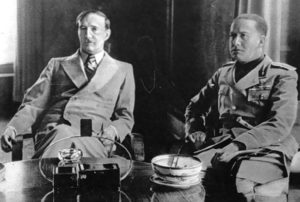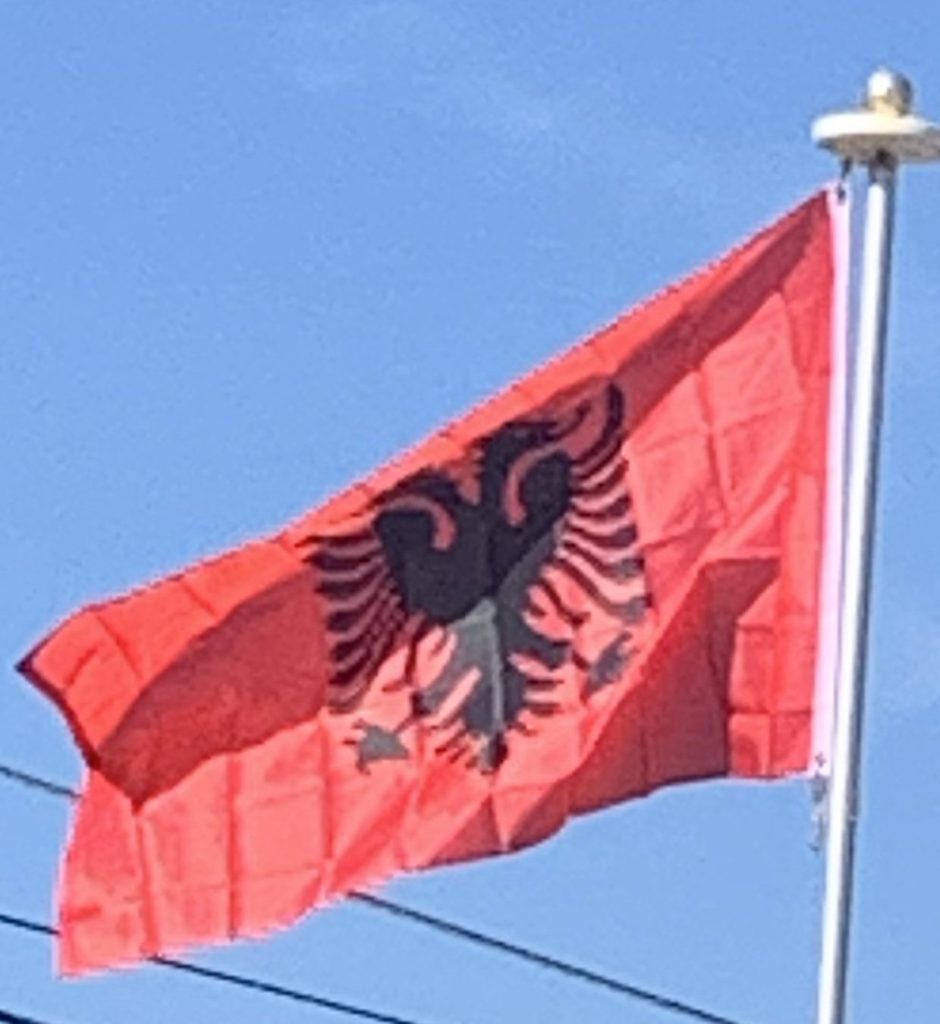In February 1914, the Autonomous Republic of Northern Epirus was proclaimed in Gjirokastër by the local Greek population against incorporation to Albania. This initiative was short lived and in 1921, the southern provinces were finally incorporated to the Albanian Principality. Meanwhile, the revolt of Albanian peasants against the new Albanian regime erupted under the leadership of the group of Muslim clerics gathered around Essad Pasha Toptani, who proclaimed himself the savior of Albania and Islam. In order to gain support of the Mirdita Catholic volunteers from the northern part of Albania, Prince Wied appointed their leader, Prênk Bibë Doda, to be the foreign minister of the Principality of Albania. In May and June 1914, the International Gendarmerie was joined by Isa Boletini and his men, mostly from Kosovo, and northern Mirdita Catholics, were defeated by the rebels who captured most of Central Albania by the end of August 1914. The regime of Prince Wied collapsed and later he left the country on 3 September 1914.
First Republic:
Following the end of the government of Fan Noli, the parliament adopted a new constitution and proclaimed the country as a parliamentary republic in which Zog I of Albania served as the head of state for a seven years term. Immediately after, Tirana was endorsed officially as the country’s permanent capital.

The politics of Zogu was authoritarian and conservative with the primary aim of which was the maintenance of stability and order. He was forced to adopt a policy of cooperation with Italy where a pact had been signed between both countries, whereby Italy gained a monopoly on shipping and trade concessions. In 1928, the country was eventually replaced by another monarchy with a strong support by the fascist regime of Italy however, both maintained close relations until the Italian invasion of the country. Zogu remained a conservative but initiated reforms and placed great emphasis on the development of infrastructure.
In an attempt at social modernization, the custom of adding one’s region to one’s name was dropped. He also made donations of land to international organisations for the building of schools and hospitals. The armed forces were trained and supervised by instructors from Itala, as a counterweight, he kept British officers in the Gendarmerie despite strong Italian pressure to remove them.
After being militarily occupied by Italy from 1939 until 1943, the Kingdom of Albania was a protectorate and a dependency of the Kingdom of Italy governed by Victor Emmanuel III and his government. In October 1940, Albania served as a staging ground for an unsuccessful Italian invasion of Greece. A counterattack resulted in a sizable portion of southern Albania coming under Greek military control until April 1941 when Greece capitulated during the German invasion. In April 1941, territories of Yugoslavia with substantial Albanian population were annexed to Albania inclusively western Macedonia, a strip of eastern Montenegro, the town of Tutin in central Serbia and most of Kosovo.
